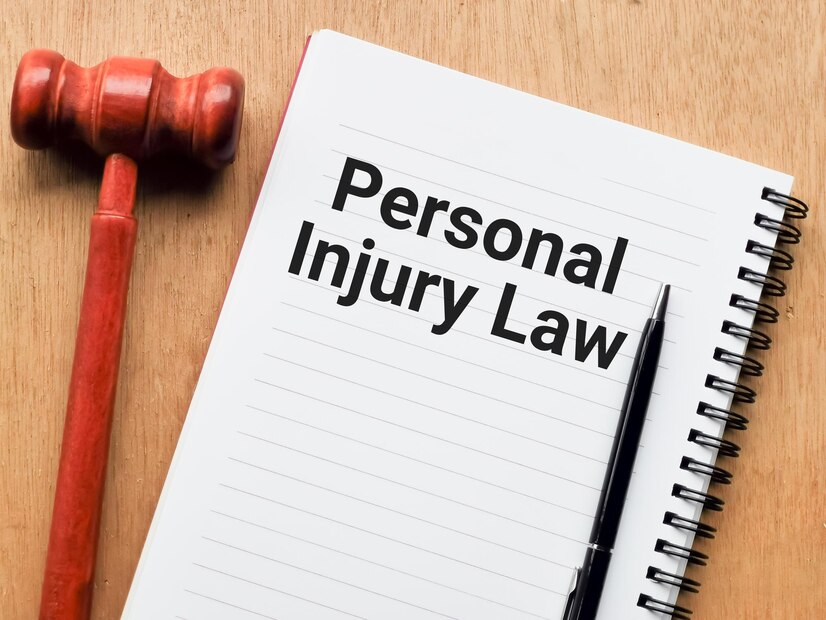Here’s How Your Workers Comp Quote Is Calculated

Workers comp is a significant insurance policy to help employees who encounter injuries or illnesses during their work duties. It’s an abbreviation for workers’ compensation and is crucial to understand.
Nearly all states throughout America mandate that employers provide their workers with necessary benefits, such as workers’ compensation insurance. Not only does this benefit shield your staff from potential financial burdens resulting from injuries on the job. But it also protects your organization against expensive lawsuits.
This blog post delves into the significant determinants that workers’ comp insurance firms use to calculate your coverage premium. Although most employers know workers’ compensation insurance advantages, a few comprehend how workers comp quote is calculated.
What Is Workers Comp, Who Needs It, And How Is It Calculated?
Responsibly taking care of one’s workforce is integral as an employer in the USA; therefore, worker’s compensation insurance is crucial. When employees suffer physical or mental injuries or illnesses related to their jobs, this policy helps them out by covering lost pay when they need time off for medical reasons.
Factors that affect premium rates vary significantly depending upon operational activities at your organization, payroll-related expenses, and considering risks surrounding different types of jobs performed within a given industry sector also influence price hikes that come along with more dangerous workplaces.
How Are Premiums Determined?
Several factors contribute to the amount you pay for your workers’ comp insurance. Your industry type affects your premium, as some jobs are riskier than others. For instance, the construction industry has more injuries and accidents than an office-based business. The location of your business also matters.
The premium is calculated based on state laws, regulations, and living costs. The number of employees and payroll expenses also contribute to your premium cost. The more employees you have and their higher salaries, the higher your workers’ compensation premium.
What Kind Of Coverage Does An Employer Need?
Different states have varying workers’ compensation insurance requirements, but the insurance policy aims to protect your employees and your business. Coverage typically includes income and wage replacement, medical and rehabilitation costs, and death benefits. You can get additional coverage for various risks to fit your business needs, such as disabilities and diseases related to work.
Discount Options Available
Overall, your workers’ comp premium will vary from business to business, and there are ways to reduce your premium costs. There are different discount options available to employers to help manage their costs.
To manage your budget effectively without sacrificing workplace safety or employee health needs, it’s essential to implement safe work practices like employee training courses on best safety protocols or providing personal protective equipment at all times.
For additional cost savings opportunities, talk to a reliable insurance broker who comprehends your business needs; they can procure policies from multiple insurance companies at competitive prices. Also, investigate managed care plans that offer discounted medical services across many reputable providers for sustainable long-term cost savings.
Examples Of Successful Workers Comp Policies
Aside from standard industry factors impacting workers’ compensation insurance pricing, one thing is sure: small businesses don’t have to compromise on quality over affordability. There are policies specially tailored with affordability in mind, one such policy being the pay-as-you-go option.
With its innovative approach utilizing actual payroll estimates for premiums presented each cycle, both large and small business owners can access affordable coverage while balancing expenses.
Understanding State Workers’ Compensation Insurance Regulations
Every state has its unique workers’ compensation system, which can make understanding insurance policies that much more complicated. Each state has its Workers’ Compensation Board that oversees the regulations. It would help if you researched the specific state’s laws where your business is located to understand your insurance requirement.
Here’s How Your Workers Comp Quote Is Calculated – In Conclusion
Knowing the calculation behind your workers’ comp quote enables accurate budgeting and better policy interpretation at a granular level. Variables in cost determination are industry type, geographical location, and number of employees.
Implementing safe work practices, working with an insurance broker, and researching workers’ comp insurance regulations by state can lower premium costs while maintaining coverage. To ensure the ongoing success of a business, it’s crucial to invest in workers’ compensation insurance.
Read Also:













